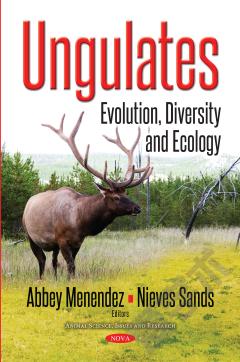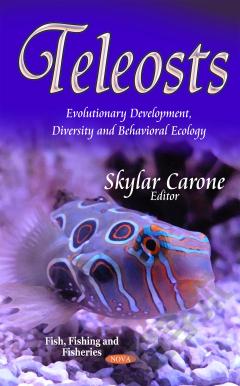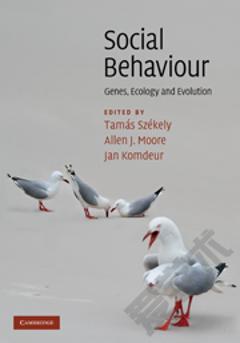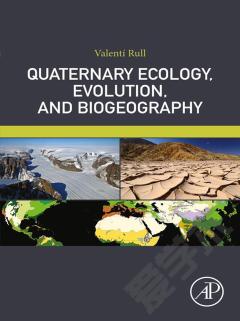Ungulates: Evolution, Diversity and Ecology
In Chapter One, Andrea Doris Kupferschmid, PhD explains a wide range of tree reactions to ungulate browsing based on six proposed factors. The effect of ungulates on tree regeneration and forest progession can be projected for different forest types when tree reactions are known. In Chapter Two, Torsten Wronski, Malte Hoffmann, and Martin Plath asses the habitat choice of the largest aboriginal population of Arabian gazelles in the world, located off the coast of Saudi Arabia on the Farasan Islands in the Red Sea. The results of this study suggest that Acacia-wooded habitats are the habitat favored by this gazelle species. Afterwards, Rob Found suggests that elk have cultural differences, and thus so do other ungulate species, in Chapter Three. In the fourth and final chapter, Antonio J. Carpio, PhD, José Guerrero-Casado, PhD, J.A. Barasona, PhD, and Francisco S. Tortosa, PhD examine the peer-reviewed literature regarding the impact of wild ungulates on the Mediterranean Basin ecosystems in order to amalgamate the knowledge.
{{comment.content}}








 京公网安备 11010802027623号
京公网安备 11010802027623号